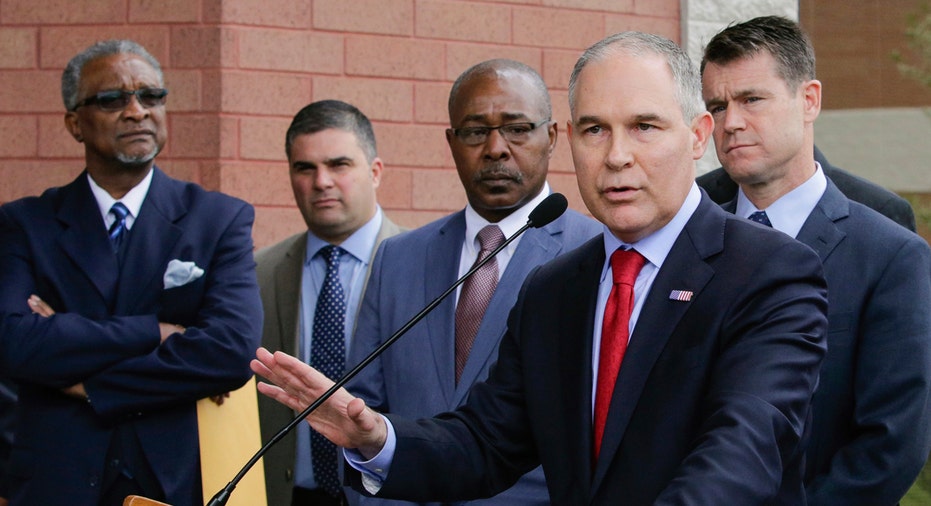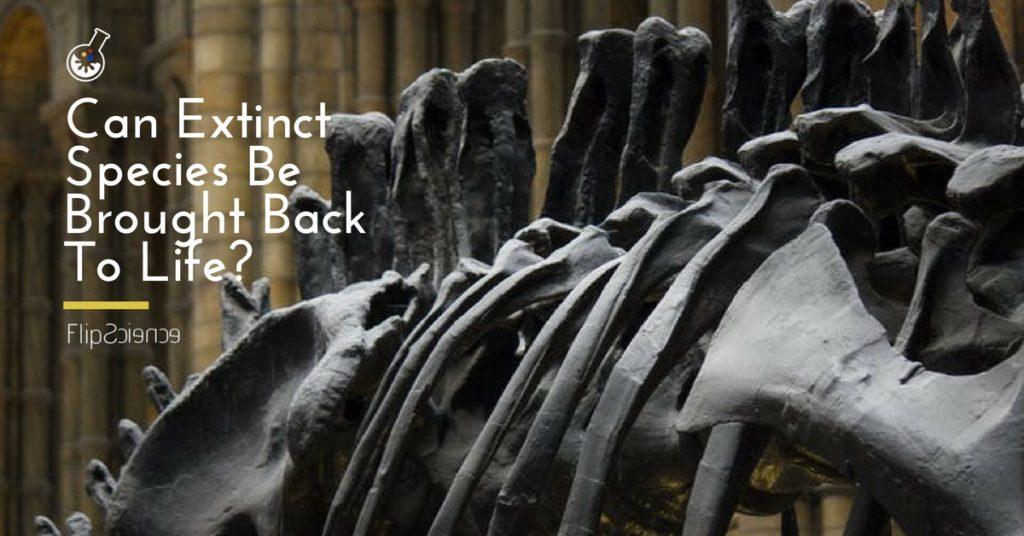 This web page is a mixture of up myself nonsense which is the place I started my writing ‘profession’ and genuine information and tips born out of a few years reasonably bitter expertise.
This web page is a mixture of up myself nonsense which is the place I started my writing ‘profession’ and genuine information and tips born out of a few years reasonably bitter expertise.
Scientists revealed that Anomalocaris was a major predator in the sea. Evidence that a predator Anomalocaris is a fossil trilobite and coprolite. Is a type of ancient arthropods trilobites and coprolite is one kind of dinosaur. Battams manage sites devoted to discuss the comet Lovejoy. The comet itself was discovered by two completely different spacecraft: NASA’s Solar Terrestrial Relations Observatory (STEREO) and the Solar and Heliospheric Observatory (SOHO), which is operated collectively by NASA and European Space Agency (ESA). Comet Lovejoy sun broke via the corona round 07.00 am, at a distance of 140,000 kilometers from the surface of the Sun. Temperatures in the corona may attain 1.1 million levels Celsius, so most researchers initially thought it … Read more
 Today in class, all of us shared what we selected for our analysis articles. It was actually fascinating to see what our classmates selected to do their article on. We bought to debate our articles with our group and then with the class. It was really attention-grabbing to get to find out about the entire different articles and the way they pertain to science. This exercise showed that science is about all totally different matters and it doesn’t just deal with only one specific factor.
Today in class, all of us shared what we selected for our analysis articles. It was actually fascinating to see what our classmates selected to do their article on. We bought to debate our articles with our group and then with the class. It was really attention-grabbing to get to find out about the entire different articles and the way they pertain to science. This exercise showed that science is about all totally different matters and it doesn’t just deal with only one specific factor.

 You conform to not maintain answerable for the accuracy of any article on the positioning or on any associate websites. is just a hub for authors and publishers to satisfy. If you’ve a difficulty with someone stealing your original work, please contact us and we are going to take away the article in question immediately. doesn’t endorse any creator, website, or product talked about in any articles not written by the Article Cube staff. All articles revealed by will not be meant for use for legal, medical, or some other kind of recommendation. All articles are for informational functions solely.
You conform to not maintain answerable for the accuracy of any article on the positioning or on any associate websites. is just a hub for authors and publishers to satisfy. If you’ve a difficulty with someone stealing your original work, please contact us and we are going to take away the article in question immediately. doesn’t endorse any creator, website, or product talked about in any articles not written by the Article Cube staff. All articles revealed by will not be meant for use for legal, medical, or some other kind of recommendation. All articles are for informational functions solely.